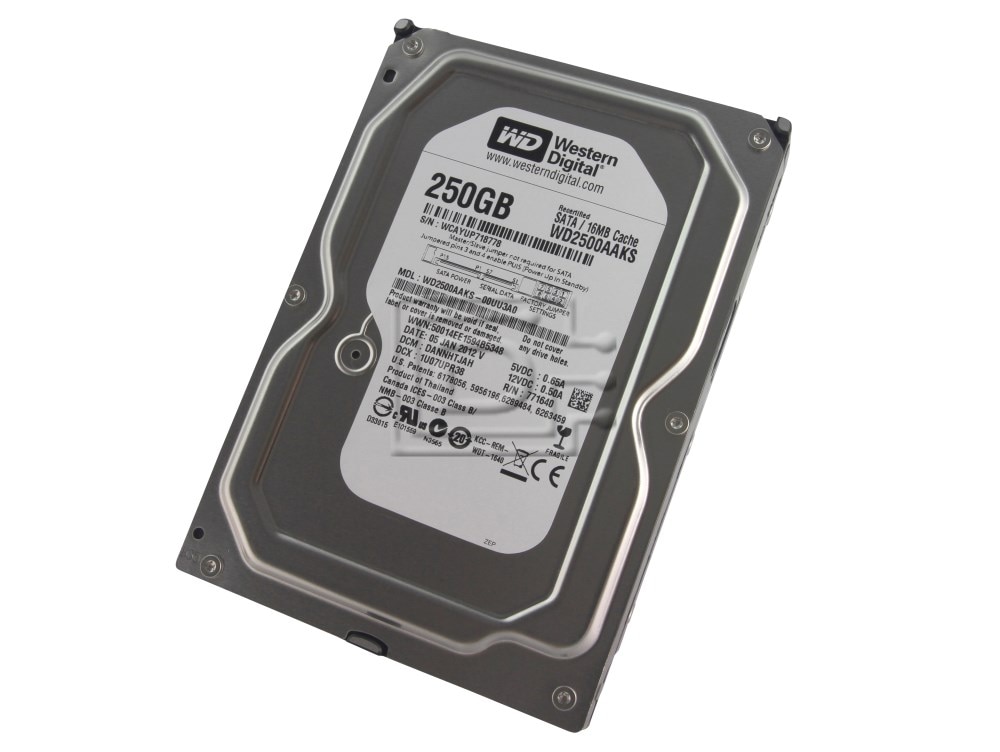Driver Da Saa7130 Tv Card Video Capture Para Xp
PC Pitstop / Driver Library / / SAA7130 TV Card - Video Capture. SAA7130 TV Card - Video Capture - Driver Download. Windows XP 32-Bit Driver. Download the latest version of Lifeview PCI Tv Tuner Card SAA713x. TV Card e da VXIS VX7012 USB TV Box, para. TV Capture Driver for Philips SAA7130. Download the latest drivers for your SAA7130 TV Card. SAA7130 TV Card - TV Tuner Driver. Windows 8.1 32bit, Windows 7 32bit, Windows Vista 32bit, Windows XP.

Specifications:. Compliant with: PCI Specification 2.2. Video Digitizing by two 9-bit ADCs at 27 MHz. Video Output Formats: YUV and RGB. Standards Supported by TV Decoder: NTSC, PAL and SECAM. Digital Video Output Formats: ITU, VIP Description: The SAA7134 TV Card chipset from Trident Microsystems supports viewing of both digital and analog television broadcast on PCs.
The chip is capable of digitizing and decoding video and audio, while also capturing data-streams through the PCI bus. The device supports all features of PCI Specification 2.2, including the Advanced Configuration and Power Interface (ACPI).
Saa7130 Tv Card Software
The video feed is digitized by two 9-bit ADCs operating at 27 MHz, while video sampling is done according to ITU-R BT.601 standards, with 720 pixels for each line. The device is capable of providing outputs in both RGB and YUV analog video formats, as well as ITU and VIP digital video formats. It also supports the TV decoder standards of NTSC, PAL and SECAM.
See All 33 Rows On Hardwaredata.org
The chipset offers out of the box support for adaptive anti-aliasing (AAA), which is a technology used for removing jagged and blurred edges of transparent 3D textures from video feeds, especially in games and TV programs. The anti-aliasing of opaque textures can be carried out by using Multisampling techniques, which cleans up jagged edges of overlapping polygons on the screen. However, in case of transparent textures, this technique is likely to fail, as those are not displayed directly on screen, but stay on the background and have to be handled within a separate layer. That is where adaptive anti-aliasing comes into play.